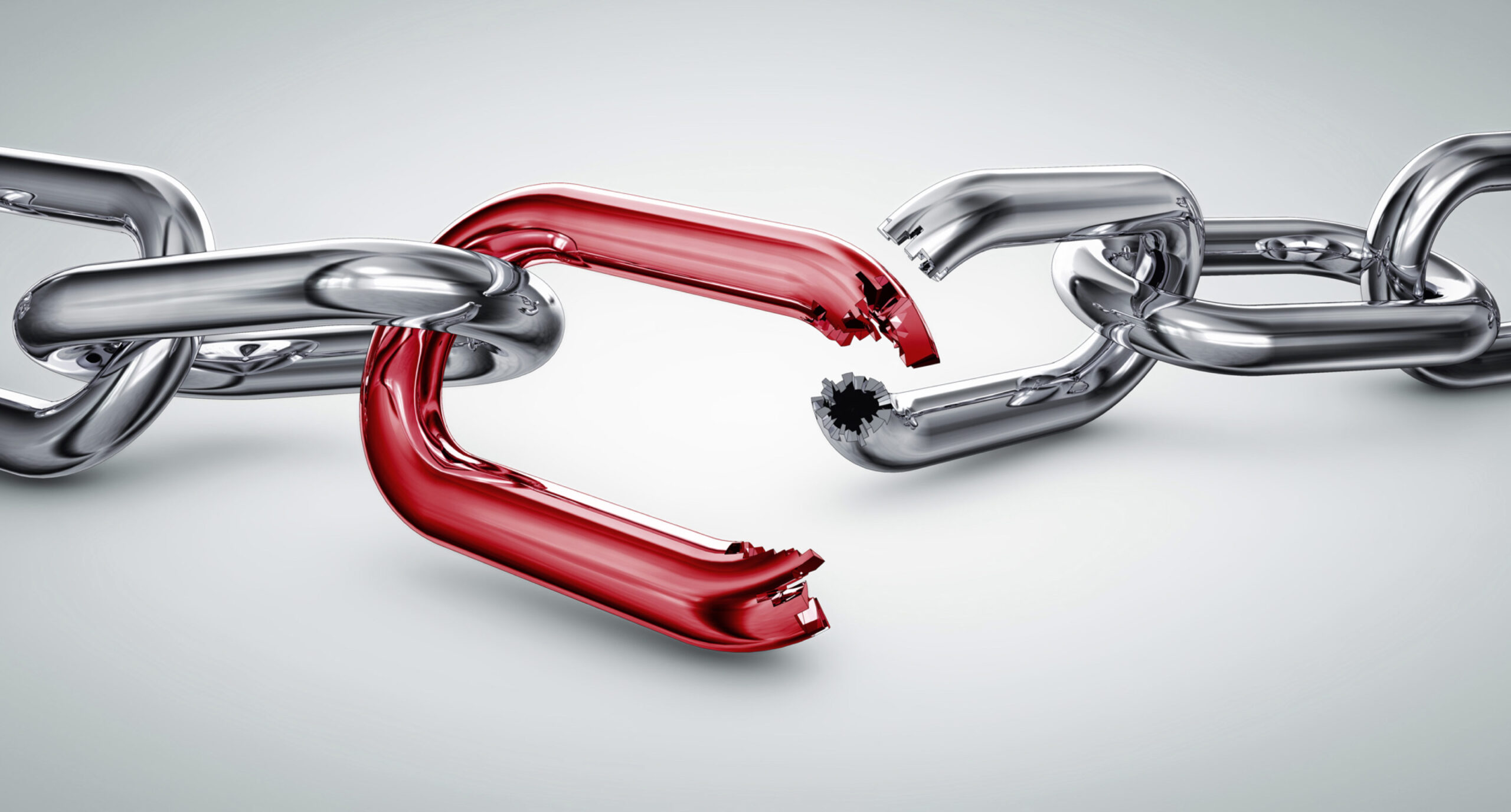Flush.
That’s the sound of your credibility going down the toilet due to broken links.
And that’s not all.
You’re also hurting your SEO rankings, conversion rate, and overall user experience.
Yes, broken links are inevitable on an eCommerce site.
You’re constantly uploading new products, updating existing pages, tweaking your website theme, optimizing your SEO architecture, and pumping out great content.
Broken links are simply a common side effect.
Whether it’s a link to a FAQs page that’s moved, a product you’ve discontinued, or an external link, broken links can be a big pain. But and fixing them is critical for the ongoing health and success of your store.
Here are four reasons to find and fix your broken links. Today.
1. Improve user experience
It doesn’t take much for a user to leave your website and choose a different store.
Is your store loading too slowly?
Does your store not support mobile shopping?
Is your website difficult to use and navigate? You guessed it – your customers will leave!
Therefore, your first impression must be a killer one.
Even if your eCommerce store loads quickly, is responsive, and follows eCommerce best practices, visitors will become frustrated if they encounter a 404 page or broken link notification. If this happens a few times, they’ll abandon your website and shop elsewhere.
Fixing broken links is a simple, fast way to improve your user experience. By redirecting broken links to the proper pages or using 301 or 302 redirects, or removing a broken link entirely, you’re improving the user experience for your customers.
2. Boost your SEO rankings
Google doesn’t punish you for broken links.
However, there are a few indirect ways that broken links can harm your SEO strategy. First, it makes it harder for search engine spiders to crawl your website and a particular page.
For example, let’s say you changed the URL for your FAQs page – but all the existing links on your website are pointing towards the old, broken URL. As Google’s spiders crawl your page, they’ll go to the old, broken link. When they find that it’s broken, they’ll move on. Essentially, this isolates the new page and makes it harder for it to become indexed and appear in search engines.
Broken links also can lead to high bounce rates which are bad for SEO – and bad for eCommerce conversion rates.
3. Improve conversion rates
If your website is populated with broken links and is difficult to use, you’ll notice your conversion rate start to drop. Broken links are frustrating for a customer who is trying to purchase your items, or learn more about your services – and can cause you to miss out on sales.
For example, consider a customer who is shopping on a website that sells shoes. They’re not sure what size to order, so they click a link that says “Sizing Chart.” So far, so good, right?
Disaster!
The link is broken and the customer gets a 404 page.
If you’re lucky, your 404 page is thought out and you direct them to your home page or other relevant pages. Or maybe your customer will poke around the website for a bit, and try to see if they can find this page on their own.
But what usually happens is, they’ll roll their eyes, gasp in frustration and shop somewhere else.
Your goal is to increase conversion rates. To accomplish this, your shopping experience needs to be seamless and stress-free. Broken links are serious roadblocks and can introduce frustration and friction into a process that should be friction-free.
4. Ensure your website remains authoritative and trustworthy
Every time a customer clicks on a broken link, your credibility and trustworthiness decrease.
A few broken links are ok. A website visitor will stomach that.
But if they encounter repeated broken links, you’ve just killed your credibility and you can kiss that sale goodbye.
To get a visitor to click the “SUBMIT YOUR ORDER” button, you must earn their trust.
Your https in your URL builds trust.
Your security badges build trust.
Your reviews build trust.
But if a visitor me gets broken link after broken link, they will lose faith in your site and will lose their trust and ultimately, the sale.
Whether it’s an external link or an internal link that’s broken, this kind of “housekeeping” tells your customers that your website is reputable, well-maintained, and can be trusted.
In contrast, if you have a high percentage of dead links, customers are going to lose trust in your business. They’ll wonder why you don’t have the time or inclination to fix these links. Why should they trust you with their payment information and personal details if you can’t even take the time to maintain your own website?
Make time to find your broken links. It’s worth it.
If you haven’t checked your website for broken links in a while, get going.
A little bit of basic maintenance and updating to remove broken links can help increase your user experience, conversion rates, and SEO performance. Isn’t that worth your time?


Leave a Reply
You must be logged in to post a comment.